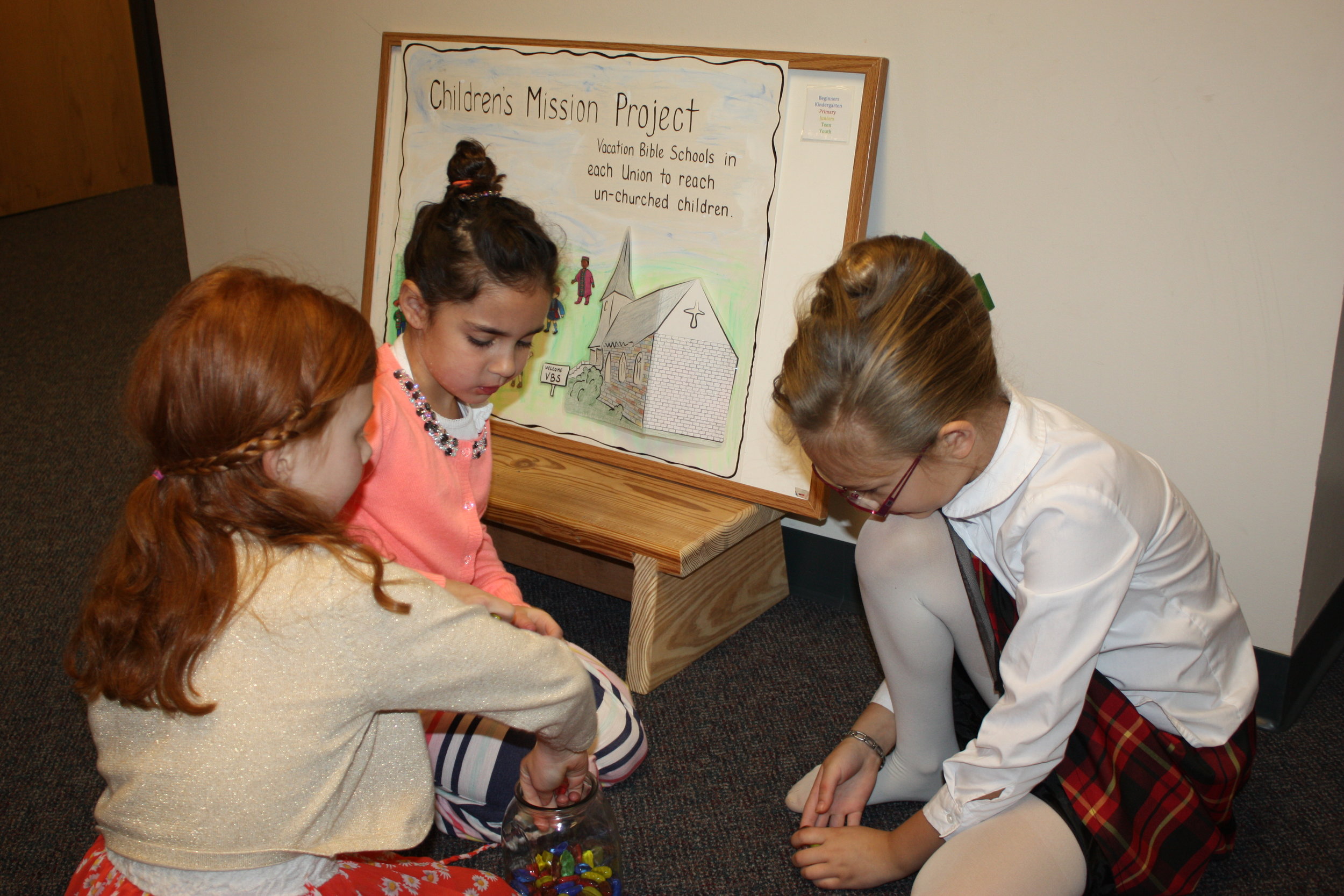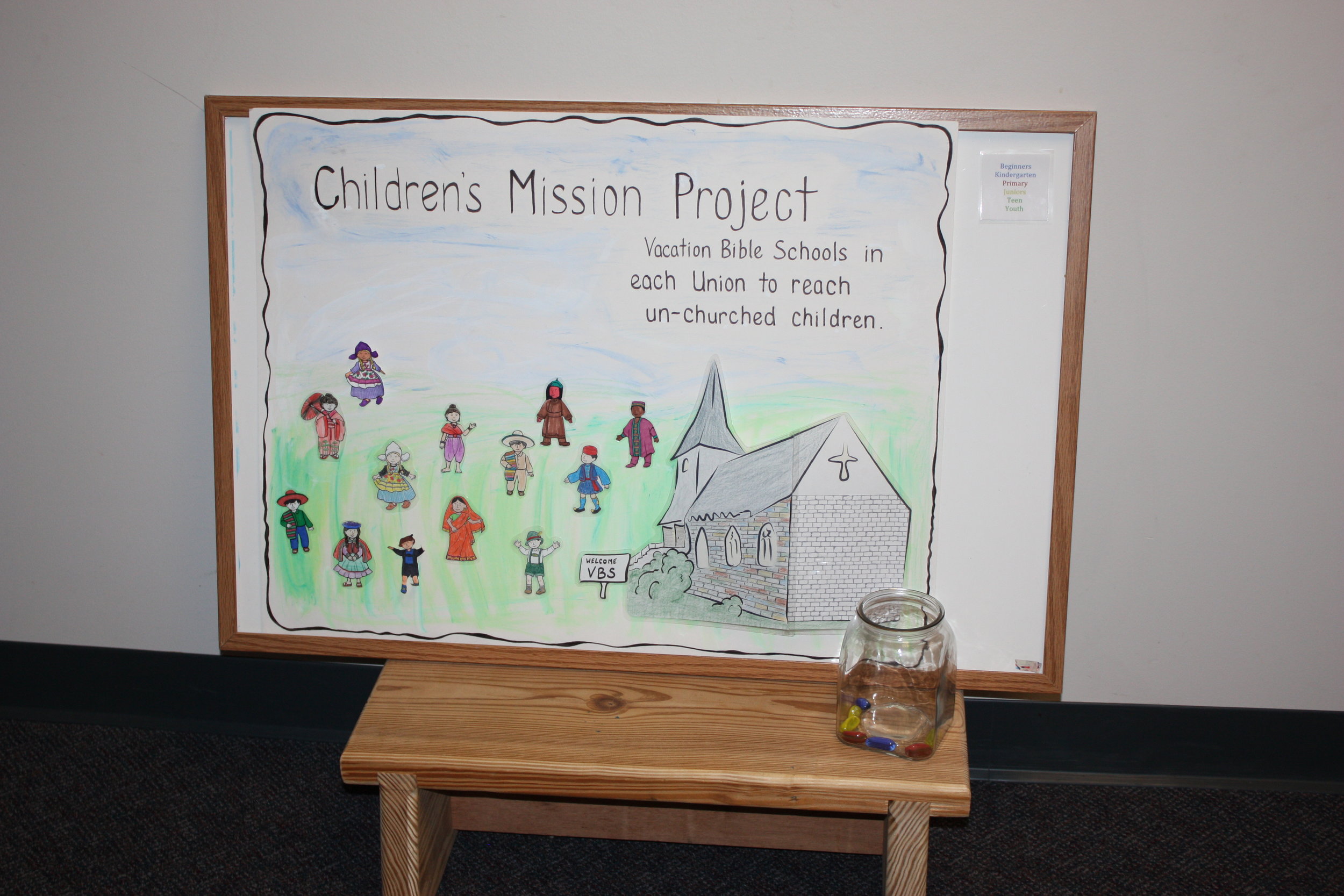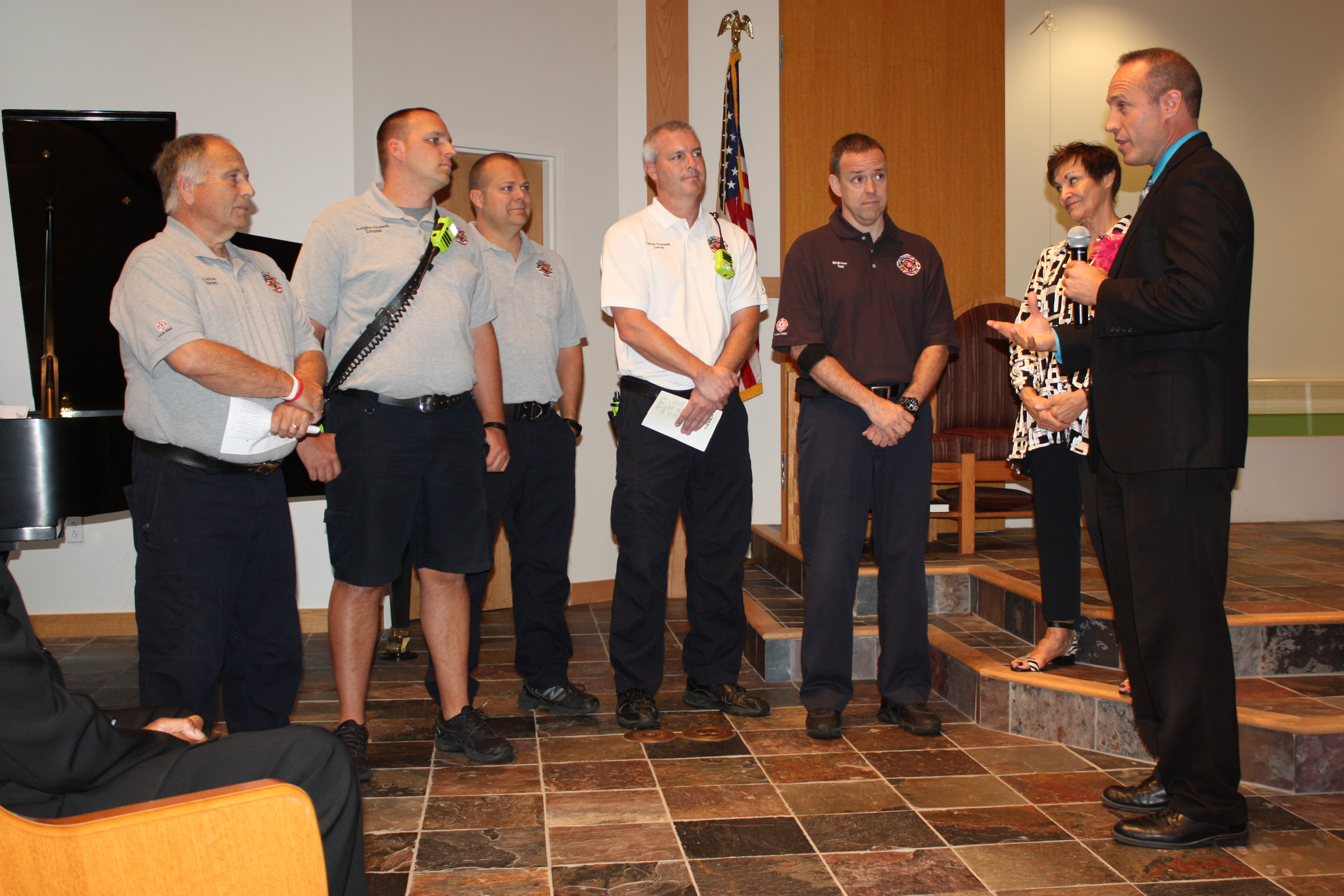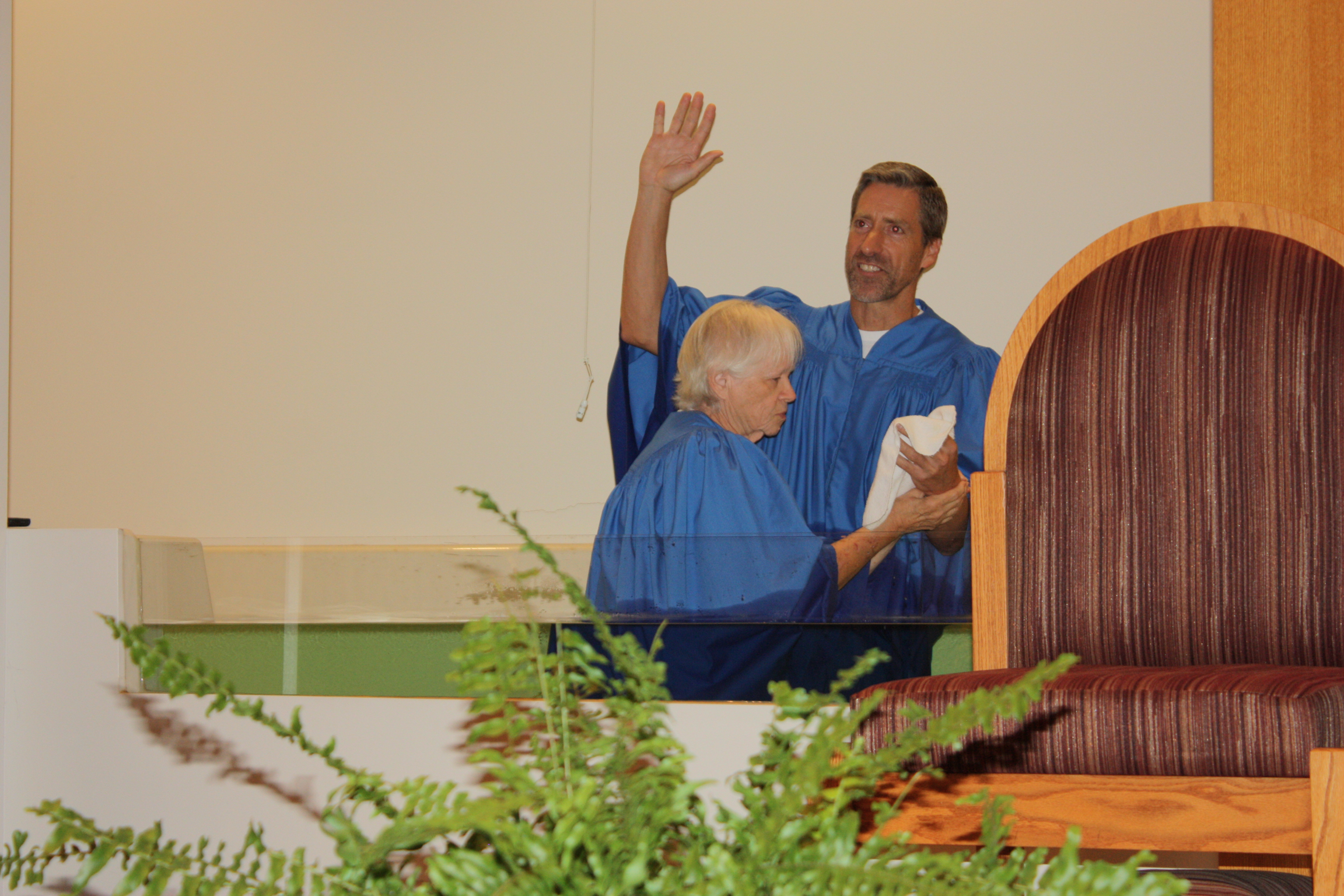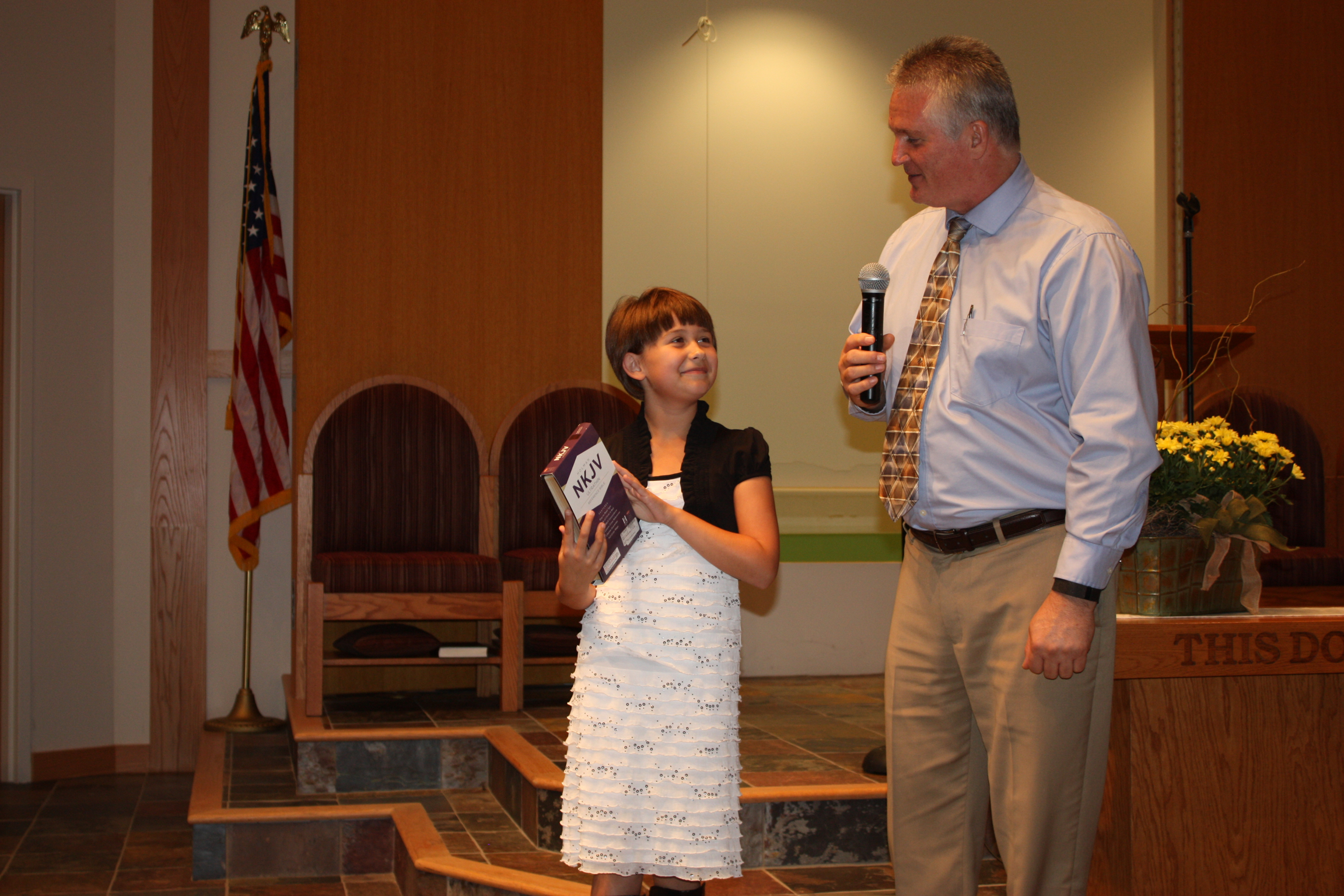Over the last several decades the term “summit” has become well known, especially as various governments have met together in an effort to foster stronger ties between nations. The purpose of summits may vary, but the common theme is to provide an opportunity for dialogue toward a common goal. As governments, the goal is often to work together for peace in a certain part of the world. Or maybe a group of people hoping to foster new friendships and partnerships, meet to discuss ways to provide an environment conducive to reaching those goals. Often summits are held for the purpose of exploring solutions to problems faced in a certain locality or people group. We’ve all followed the news regarding summits that have been significant to world relations and maybe even been a part of a summit in the business world, but have we thought of the term “summit” in terms of the gospel commission?
Four years ago, pastors in St. Louis Metro, with a population of 2.8 million people, began meeting together on a regular basis. They formed a cross-conference ministerial association to collaborate together to evangelize the city. This grass roots movement became known as AMPS - Adventist Ministers and Pastors of St. Louis - the ministers being lay people and the pastors those who were employed by the various conferences. This group now consists of pastors and lay people from 14 local churches. These churches represent members from the Central States, Iowa-Missouri, Illinois and Lake Region Conferences.
As in many metropolitan areas, the pastors realized that the members of their churches did not know, and rarely fellowshipped with members from other congregations, especially if those congregations were in different conferences. Churches tend to become focused on their own ministries and programs and it is easy to become oblivious to sister churches. The pastors asked themselves, “Can we do more to make a positive impact if we work together?” “Is it possible to break down the invisible walls that separate us, and make a greater impact for the cause of Christ in this city?” The purpose of AMPS was to unite the diverse Adventist churches in St. Louis Metro beginning with opportunities to fellowship, with the ultimate goal of working together to evangelize St. Louis. Since that time, AMPS has organized and initiated several opportunities for area churches to join in fellowship, training and service.
The first event organized by AMPS was Equipping University, a lay training and discipleship program. Over 220 people from different churches, conferences and parts of the metro area, from the suburbs to the inner city came and became acquainted as they enjoyed fellowship, training and worship. Feedback was overwhelmingly positive. Since that first event, churches have met each quarter for a city-wide prayer meeting. The first citywide prayer meeting was held at the Berean Seventh-day Adventist Church. Again, members from all over St. Louis Metro came together. This time to pray for the outpouring of the Holy Spirit so that souls could be won for the kingdom of God. Attendees from different races, backgrounds and cultures felt the Holy Spirit move in their midst. Many described the evening, as “a foretaste of heaven.” Local churches now take turns hosting this event with a special year-end prayer meeting that includes a communion service.
After a challenge by AMPS to form a lay ministries team, a group of dedicated lay people was formed called the St. Louis SDA Lay Ministries Committee (SLSLM). Led by Danise Taylor, this special team consists of lay members from several area churches. Their mission is to find and create mission projects in the St. Louis area and invite members from all over St. Louis to participate. Their first project, “The Jericho Project” focused on Ferguson, MO. Beginning with a mailing to residents, team members followed up by going door-to-door visiting the homes that had received the book. They prayed with people, left a packet with inspirational materials and collected contact information for those interested in future events. For the members who went out, it was an amazing experience as they saw firsthand the power of God and experienced the blessings of sharing their faith and hope to those they met. And their efforts were rewarded with fruit as well. A young mother and her two children were baptized in a Breath of Life seminar held shortly after they were visited and invited to attend by members of the team.
In the first collaboration for an evangelistic series, resident evangelist for the Iowa-Missouri Conference, David Klinedinst and pastors Bryan Mann and Joseph Ikner of the Central States Conference joined together to present a series at the Northside Seventh-day Adventist Church. The series was subtitled, “The Truth, in Black and White.” For the last three years AMPS has also hosted a St. Louis Area Campmeeting, dividing the programing between three area churches and inviting members from all area churches to join together in fellowship and worship.
In August of 2014, St. Louis found itself thrust into the spotlight of racial and cultural tension. Events in Ferguson, MO brought to the forefront the fact that like many large cities in the United States, this city is deeply divided. The need to work together and show a better way was all the more apparent. As the pastors met together, they realized that in the amazing providence of God, the pastors and churches in this city had already begun to learn what it means to be united, how to work together and make a difference. They also realized that the city desperately needs our witness and that while a great work has been started, there was need for deeper insight into how we can use our diversity to advance our mission in this city. An extraordinary journey had been embarked upon and the need to push forward and deepen our understanding of how to work together unitedly was needed. In light of the events in Ferguson and events occurring in various parts of the country, AMPS chose “Unity in Diversity” as their theme for the 2015 Campmeeting.
On September 11, the 2015 St. Louis Area Campmeeting began. For Americans, September 11 has become synonymous with hatred and divisiveness. The irony was not lost on those attending that our Campmeeting theme was the opposite of those sentiments. Can we as Seventh-day Adventists Christians in St. Louis Metro write a far different story in our city? Can we BE what our city so desperately needs? We began the weekend together as St. Louis area churches praying and believing that we can.
The guest speakers for the weekend were Dr. Leslie Pollard, President of Oakwood University and Dr. Jose Rojas, President of MOVEmentum. One of the thoughts both speakers posed over our time together was the difference between being “colorblind” as it were, versus recognizing
and celebrating our differences. Over 31 nations were represented in a Parade of Nations during the Sabbath afternoon Campmeeting program. Do we have differences? Praise God! Yes, we do! Must those differences divide us? No. A resounding no! Those differences instead are some of our greatest assets for mission. Every church, every pastor, every member in the St. Louis Metro has gifts and talents and experiences that are significant and meaningful and provide unique opportunities to reach others with the gospel.
The weekend was a time of fellowship and thought provoking messages. But beyond that, it was a call to action. Members were challenged with the thought that if we were meeting together for Campmeeting just to fellowship and have a “kumbayah moment,” we would have missed the point. The city of St. Louis needs Jesus and if the messages did not compel us out of our seats, out of our own prejudices and tightly held opinions and into the community, the purpose for meeting would have been lost. We need to catch a vision of a greater cause outside of ourselves and our own individual churches if we truly want to find unity in diversity.
And so was born the idea that what we were doing here wasn’t just your average Campmeeting, as good and beneficial as those are. As Jose Rojas put it, “what is happening here is a summit.” We don’t want to just hear inspiring messages and go home and sink back into our comfort zones. We want to bring the message of the gospel of peace to the St. Louis metro area. And that will take working together. Dialoguing together. Going beyond just accepting our differences and learning to see the value of those differences as we seek to fulfill our mission. Learning from each other and growing together as we seek to evangelize our city.
So next year, there will not be a St. Louis Area Campmeeting, but rather the 2016 Evangelism Summit for the St. Louis Metro Area. Plans are already underway for next year’s event. The theme for 2016 is “Discipleship Evangelism.” Plans include a challenge to the approximately 1000 local members to pray and work for at least one person in the coming year. Members are encouraged to focus on investing in the lives of others through friendship and prayer. The 2016 Summit will focus on evangelistic preaching and calling people to make decisions for Christ. This will provide an opportunity for each member to invite those they've been working with and praying for to attend. Imagine people from all over the St. Louis Metro joining together in one evangelistic effort! Members working individually, yet together, to introduce Jesus to the people of this city.
It is our hope, that the journey we have embarked on here, will inspire other metro areas to find ways to collaborate together as pastors, lay members, churches and conferences to reach their cities as well. What amazing miracles might we see if in every large city in the United States, Seventh-day Adventist became known as the church that demonstrates true unity in action; culturally, racially and spiritually. Jesus prayed for that for His church. It is not just a possibility, but a promise. So let’s not just talk about being united, let’s actively pursue it. Let’s push past our fears and inhibitions and embrace our differences and be the light our world so desperately needs!

